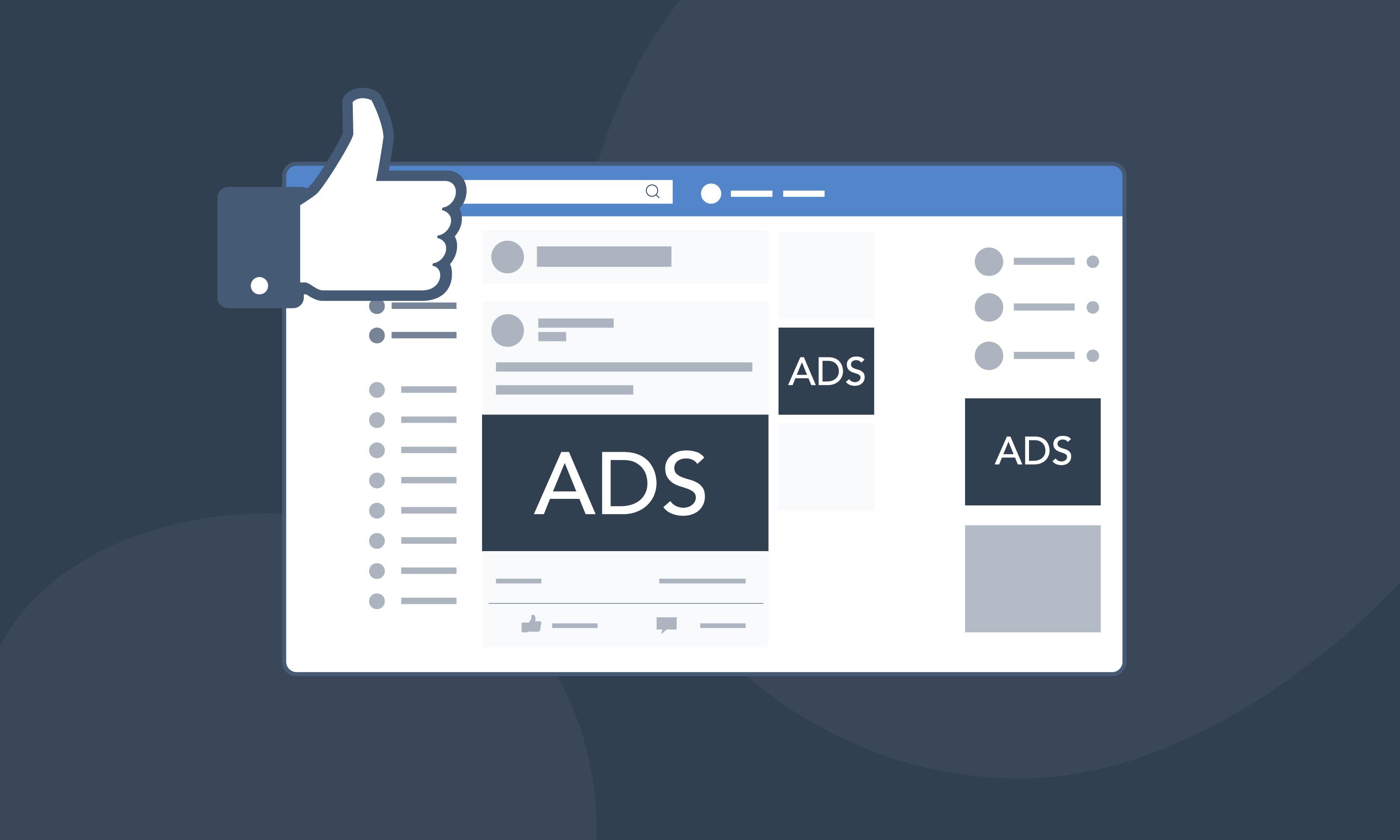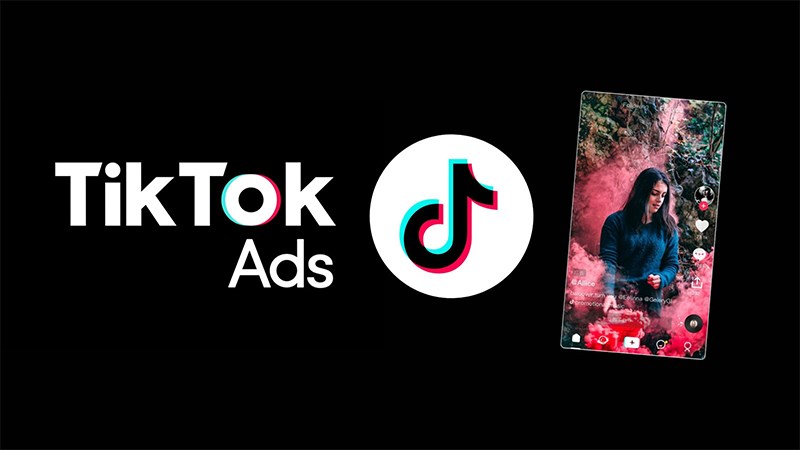
Introduction to Facebook Ads
Facebook Ads represents a fundamental tool in the contemporary digital marketing arena, allowing businesses and individuals to promote their products and services to a global audience. Facebook's advertising platform offers great potential for reaching specific consumers, thanks to its vast user base and sophisticated targeting features. This means that advertisers can target their campaigns to specific demographics, interests and behaviors, maximizing ad relevance.
How Facebook Ads works is relatively straightforward. Advertisers create ad campaigns within the Ads Manager, selecting their objectives, which can range from increasing brand visibility to driving web traffic or generating direct sales. Once the objective is defined, the target audience is chosen using a wide range of targeting criteria. This ability to customize audiences is one of the platform's hallmarks and one of its greatest benefits.
In terms of ad formats, Facebook Ads offers a remarkable variety that includes graphical ads, video, carousels, collections and more. This diversity allows advertisers to experiment with different creative styles and find the format that resonates best with their audience. Moreover, the platform also provides real-time analytics and optimization tools, allowing advertisers to adjust and improve their campaigns as they develop. This translates into greater investment efficiency and the achievement of desired results.
Steps to Create Facebook Ads Advertising
Creating an effective Facebook Ads advertising campaign involves a series of meticulous steps to ensure its success. First, it is essential to set clear goals. These may include conversions, increasing traffic to a website, or increasing a brand's visibility. Defining the objective will guide all subsequent decisions, from the target audience to the type of ads to be used.
Once the objectives have been set, the next step is to select the right target audience. Facebook offers advanced targeting tools that allow advertisers to define their audience based on a variety of criteria, such as demographics, interests and online behavior. Accurate targeting will increase the effectiveness of the ad by directing it to the people most likely to interact with it.
The next critical aspect is defining the budget and scheduling the ads. The platform allows users to choose between a daily or total budget, as well as to set specific times for the ads to be displayed. It is advisable to start with a moderate investment and adjust according to the response and performance of the ads.
The choice of images and persuasive copywriting are vital components that should not be underestimated. Images should be visually appealing and relevant to the ad content, while copy should grab the audience's attention immediately, clearly communicating the message and value proposition. Using an approach that resonates with the interests and needs of the target audience will increase click-through rates and conversions.
By following these steps, the effectiveness of Facebook Ads advertising will be maximized, allowing brands to achieve their business goals more easily.
Steps to Create Facebook Ads Advertising
Creating an effective Facebook Ads advertising campaign involves a series of meticulous steps to ensure its success. First, it is essential to set clear objectives. These may include conversions, increasing traffic to a website, or increasing a brand's visibility. Defining the objective will guide all subsequent decisions, from the target audience to the type of ads to be used.
Once the objectives have been set, the next step is to select the right target audience. Facebook offers advanced targeting tools that allow advertisers to define their audience based on a variety of criteria, such as demographics, interests and online behavior. Accurate targeting will increase the effectiveness of the ad by directing it to the people most likely to interact with it.
The next critical aspect is defining the budget and scheduling the ads. The platform allows users to choose between a daily or total budget, as well as to set specific times for the ads to be displayed. It is advisable to start with a moderate investment and adjust it according to the response and performance of the ads.
The choice of images and persuasive copywriting are vital components that should not be underestimated. Images should be visually appealing and relevant to the ad content, while copy should grab the audience's attention immediately, clearly communicating the message and value proposition. Using an approach that resonates with the interests and needs of the target audience will increase click-through rates and conversions.
By following these steps, the effectiveness of Facebook Ads advertising will be maximized, allowing brands to achieve their business goals more easily.
{{--ad--ad--}}
Tips to Improve your Facebook Ads
The effectiveness of Facebook Ads can be greatly improved by implementing several practical strategies. One of the most effective tactics is to perform A/B testing. This technique involves creating multiple versions of an ad to evaluate which one performs better. By experimenting with different elements, such as images, text copy and calls to action, you can identify which factors are most appealing to your audience. This not only increases click-through rates, but also optimizes the advertising budget, allowing for a more efficient allocation of resources.
In addition to A/B testing, it is crucial to pay attention to the analytics that Facebook provides. Metrics such as reach, engagement and conversions provide a clear picture of how your campaigns are performing. By analyzing this data, you'll be able to detect patterns and consumer behaviors that can guide the adjustment of your strategies. This practice of constant monitoring allows for continuous improvement, ensuring that your ads remain relevant and effective in a constantly changing environment.
Another key aspect is brand consistency. Advertisements should reflect your brand identity and be easily recognizable. This not only builds trust among consumers, but also helps establish an emotional bond that can influence purchasing decisions. Also, be sure to tap into relevant moments or current trends in the marketplace. Creating content that resonates with current events or popular topics can significantly increase the visibility of your ads and create a deeper connection with your audience.
Implementing the Facebook Pixel with KVTemplate
The Facebook Pixel is an essential tool for advertisers looking to optimize their advertising campaigns. This snippet of code allows you to track user actions on your website, making it easy to collect valuable data on visitor behavior. By implementing the Facebook Pixel, advertisers can easily measure conversions, understand which elements of their ads are performing best, and adjust their marketing strategy to improve overall performance.
Installing the Pixel is a simple process that can be accomplished through an integration with KVTemplate. This software was designed to simplify the implementation of such scripts on web pages, allowing users to manage their ads more effectively. To get started, you need to log in to your Facebook Ads account and generate the Pixel code. This process includes selecting the conversions you want to track, such as purchases, registrations or visits to specific pages.
Once you have created the Pixel, KVTemplate offers a user-friendly interface that guides the user through the integration process. When logging into the KVTemplate control panel, look for the section corresponding to Tracking Pixels. Here you will be able to paste the Facebook Pixel code into the link you chose. This will ensure that the Pixel works properly and starts collecting information about how users interact with your site.
By using the Facebook Pixel, advertisers can improve their targeting and track their campaigns more comprehensively. This not only optimizes data collection for future decisions, but also contributes to the creation of more personalized ads that resonate with the target audience. Together, the Pixel and KVTemplate form a powerful combination that maximizes the success of Facebook advertising strategies.




